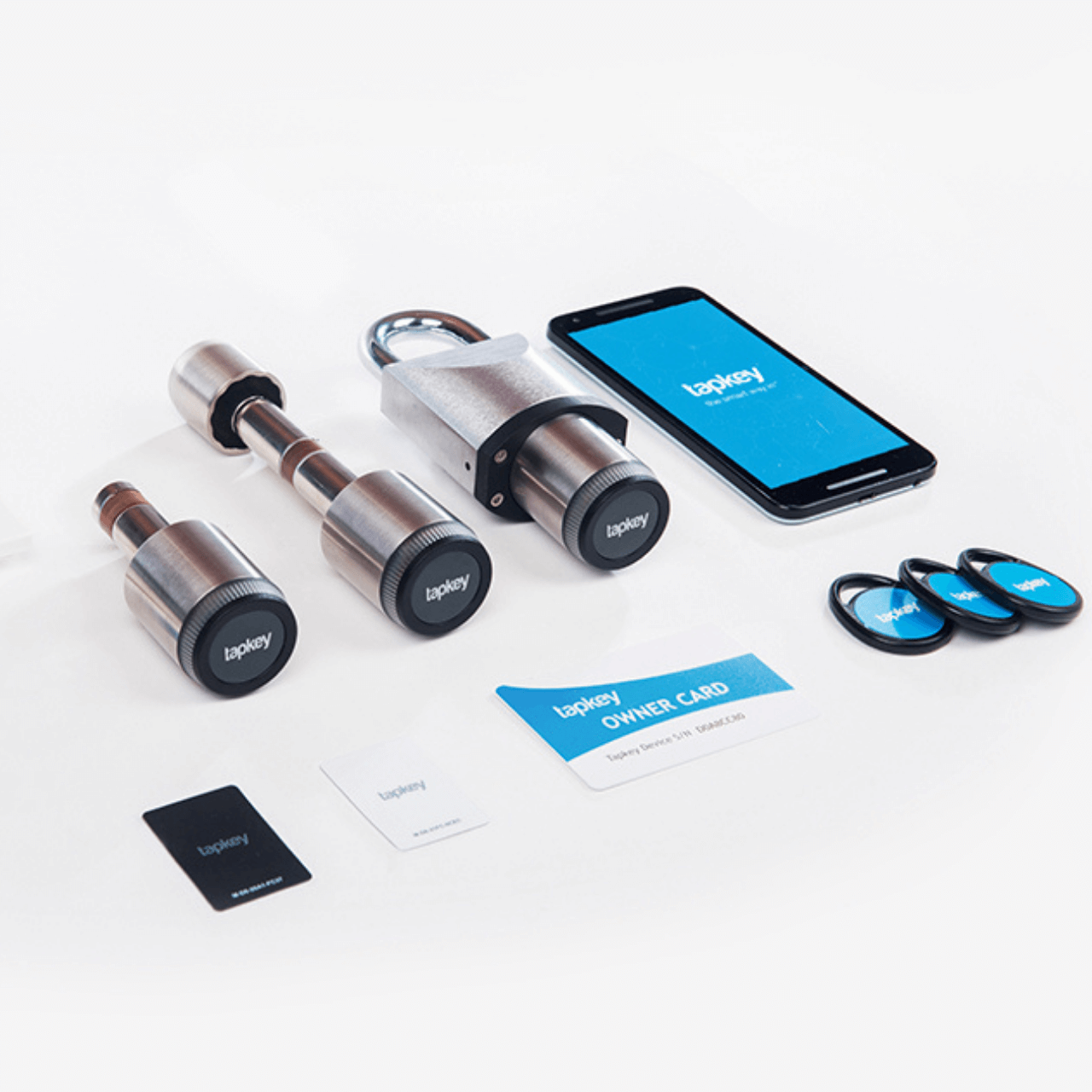A secure and efficient access solution helps regulate unauthorized access to sensitive areas. The agony of choice is: online or offline? But what is actually the difference? Especially the different security requirements of individual company divisions make the decision difficult. In this article, we would like to highlight the advantages of offline access control systems and describe their use cases.
Then vs. now
In years past, when people spoke of electronic access control, they were mostly talking about card-based systems from large manufacturers with proprietary systems. As a result, companies were “locked in” to these systems. In the meantime, things have changed and the trend is clearly moving in the direction of open systems.
“It is particularly important to us that we offer an open platform that can be used individually according to requirements and needs,” explains Gregor Zehetner. “That’s why we make our Web API and Mobile SDK available to partner integrators, so they can add keyless access to their own solutions.”
Smartphone-based access via an app is also becoming more popular and covers many more use cases. This allows for quick ad-hoc assignments. In addition, access control systems can be integrated with IoT platforms so that not only access, but also lights, heating and many other services can be regulated.
The idea behind Tapkey’s integration model is to offer mobile access control as an additional feature. This is because it is often necessary to implement mobile access technology in locking products or in existing applications in order to cover individual use cases in the best possible way. With these 5 steps, integration is easy.

Online vs. offline
Many manufacturers or companies in the market today are building on systems that open purely through the cloud. Of course, this poses some dangers. Security has always played a major role when talking about digital access solutions. And that’s a good thing. However, we would like to note that it is easier for burglars to physically destroy mechanical locks than the effort of hacking into the access system.
Of course, we would also like to emphasize the advantages of online systems. These include flexibility, greater convenience, centralized control, the possibility of integration, and many more. Access authorizations can be managed directly in the app or in the web portal. In the blink of an eye, an authorization is assigned, time-restricted or revoked.
While Tapkey relies on the cloud, it is also offline capable. What does that mean? When locks do not need to be connected directly to the internet and there is no need for complex cabling, it is called offline capability. Besides our Tapkey Smart Lock, many others of our cylinders work with their own battery or rechargeable batteries. These can also be used “offline”. This means that they do not require power or an internet connection. For example, you can easily use our padlock for underground storage rooms. Even a few meters underground, the cellar door can be opened without any problems.
Conclusion: The question is therefore not, either or—the combination of online systems and offline components as a networked solution is the answer. Because different areas have different security requirements. While the entrance area or access to server rooms require special security, the security effort for other rooms is lower.




Bike Sharing: Easier With Mobile Access
How mobile access control to bike hubs, bikes [...]
Mehr lesenOct
Tapkey at the Coworking Europe 2018
From November 14 to 16, Amsterdam will be [...]
Mehr lesenNov
What Does Open Really Mean In the Access Control Industry?
Explore the shift towards openness in the access [...]
Mehr lesenSep
Tapkey and Garmin at the CES Asia 2019
Garmin and Tapkey present how to unlock a [...]
Mehr lesenJun